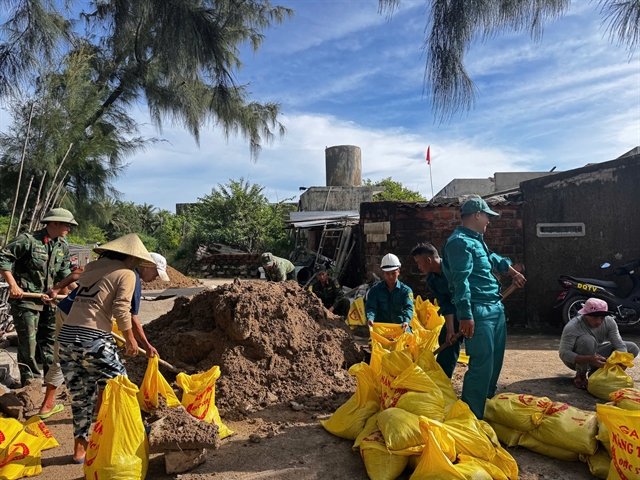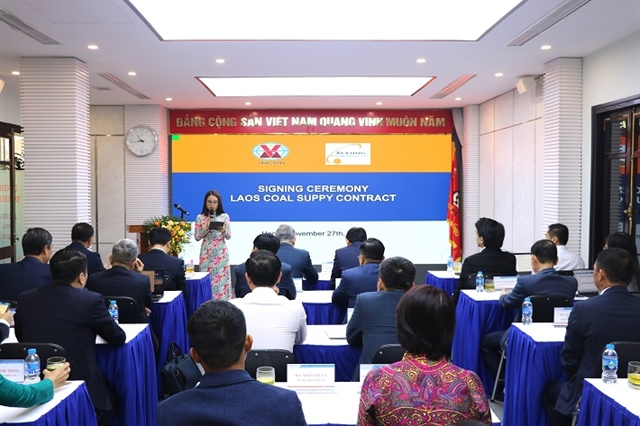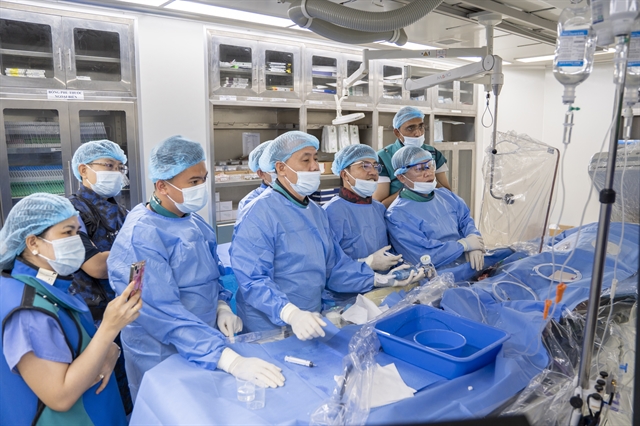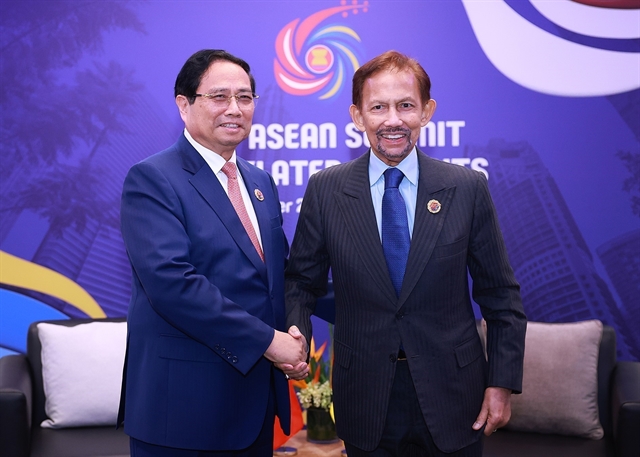 Opinion
Opinion
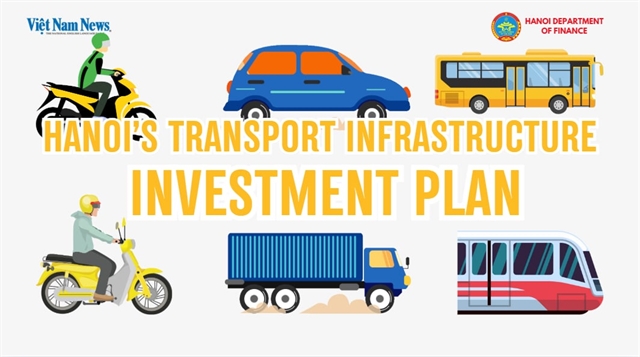
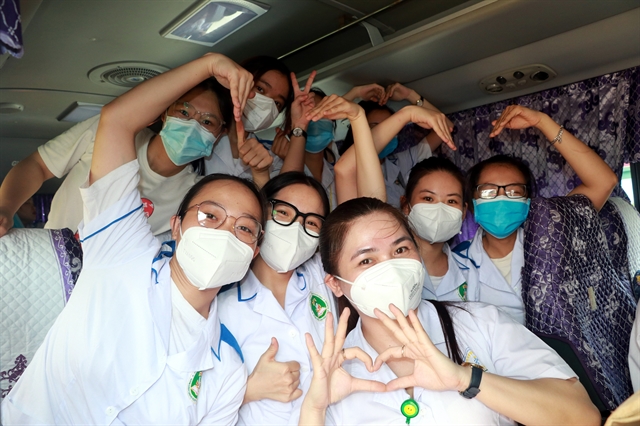
|
| Volunteer medical students and doctors from northern Nam Định Province leave for southern Đồng Nai Province on August 4 to support its fight against the COVID-19 pandemic. VNA/VNS Photo |
Deputy Minister of Health Trần Văn Thuấn talks to the press about the contribution of medical workers who volunteered to go to pandemic epicentres in the southern region to help fight COVID-19.
Pandemic-hit southern localities are in need of medical workers from other localities. How has the supplies of more medical workers to southern localities, to support the fight against COVID-19, been implemented?
The Government Office on August 3 sent an urgent document to the Minister of Health and the Chairmen of the People’s Committees of Central-run localities to convey Prime Minister Phạm Minh Chính’s order to enhance medical human resources in services for COVID-19 prevention and control.
The PM requested the Minister of Health proactively and urgently guide the organisation of training to improve treatment and emergency and intensive care capacity nationwide. This was based on demand and the ability to meet that demand by mobilising and sending medical workers to pandemic-hit localities with many COVID-19 cases and critically ill patients.
Chairmen of the People’s Committees of localities are asked to create favourable conditions for local medical establishments to improve their capacity and join forces per their mobilisation by the Minister of Health.
Earlier, Minister of Health Nguyễn Thanh Long called on all colleagues, including lecturers and students of medical universities and colleges, retired doctors and medical workers working for private medical establishments to join COVID-19 prevention and control tasks. These include preventing the pandemic, vaccinating, treating and caring for COVID-19 patients.
The call has received a huge response from medical workers nationwide, particularly localities in the north, including provinces that have been hard hit by the pandemic such as Yên Bái, Quảng Ninh, Hải Dương, Bắc Ninh and Bắc Giang. In HCM City alone, 3,000 volunteers have registered to join the fight.
Central-run hospitals have sent medical workers to HCM City and other southern localities which are hard hit by the pandemic. Bạch Mai Hospital in Hà Nội sent 200 medical workers to HCM City to operate the 500-bed intensive care centre at Field Hospital No 16. Việt Đức Hospital in Hà Nội and Huế Central Hospital in central Thừa Thiên-Huế Province have also sent hundreds of medical workers to HCM City to operate intensive care units that these hospitals are in charge of.
Leading experts from many hospitals nationwide have become a key force in coordinating with medical workers in southern localities to treat severely ill COVID-19 patients with the aim of minimising the rate of fatalities.
The total number of human resources mobilised for HCM City and southern localities is estimated at 10,000.
I have met and was touched to see many of my colleagues on the frontline, working non-stop to contain the pandemic.
We thank medical workers for their high responsibility in the context of the pandemic. They are willing to sacrifice their own interests for the health of the community.
How has the mobilisation of medical workers helped to support the fight against COVID-19 in HCM City and southern authorities, especially in the complex development of the pandemic?
Medical workers at pandemic-hit localities, particularly in HCM City, have had to work non-stop under high pressure for many days. This could reduce the quality of their work.
That is why we need support from other medical workers to help replace them, to let them have time to rest and regenerate to be able to continue to work on the frontline.
We know that the fight against the pandemic will be lengthened so it is necessary to allocate time reasonably and scientifically to ensure medical workers can continue fighting longer and ensure their work quality.
Besides, the opening of intensive care units to treat critically ill patients also requires a huge number of human resources. In the difficult time of the pandemic, we need more volunteer doctors to come to pandemic epicentres, to contribute their efforts and experience to the fight against COVID-19.
The Ministry of Health has assigned leaders of big hospitals like Bạch Mai Hospital, Việt Đức Hospital and Hà Nội Medical University Hospital to directly guide the operation of intensive care units to treat COVID-19 patients for southern localities. How has this work been implemented?
The Ministry of Health has directed the establishment of 12 national intensive care centres at major hospitals to treat COVID-19 patients with a capacity of 200-3,000 beds.
In HCM City, the current “hottest” pandemic epicentre, the ministry in coordination with the municipal authorities built an intensive care hospital with a capacity of 1,000 beds which is managed by Chợ Rẫy Hospital.
The hospital last week helped to recover over 100 COVID-19 patients and discharged 20 patients who used to be in critical health conditions.
The Minister of Health and the city’s authorities last week surveyed the establishment of four 500-bed intensive care units to be managed by Bạch Mai Hospital, Việt Đức Hospital in Hà Nội, Huế Central Hospital and HCM City Medical University Hospital.
Central-run hospitals assigned excellent medical workers and sent modern equipment to operate these intensive care centres. The Ministry of Health also provided necessary medical equipment and materials while local authorities supported human resources and logistics services.
The intensive care centres of the HCM City Medical University Hospital and the Bạch Mai Hospital have started to receive patients while the intensive care centres of Việt Đức Hospital and Central Huế Hospital are scheduled to be put into operation in the next few days.
These are intensive care centres designed to treat critically ill COVID-19 patients with the aim of minimising the fatality rate.
This shows that intensive care centres play an important role in COVID-19 treatment. We believe that they will save many COVID-19 patients. VNS

